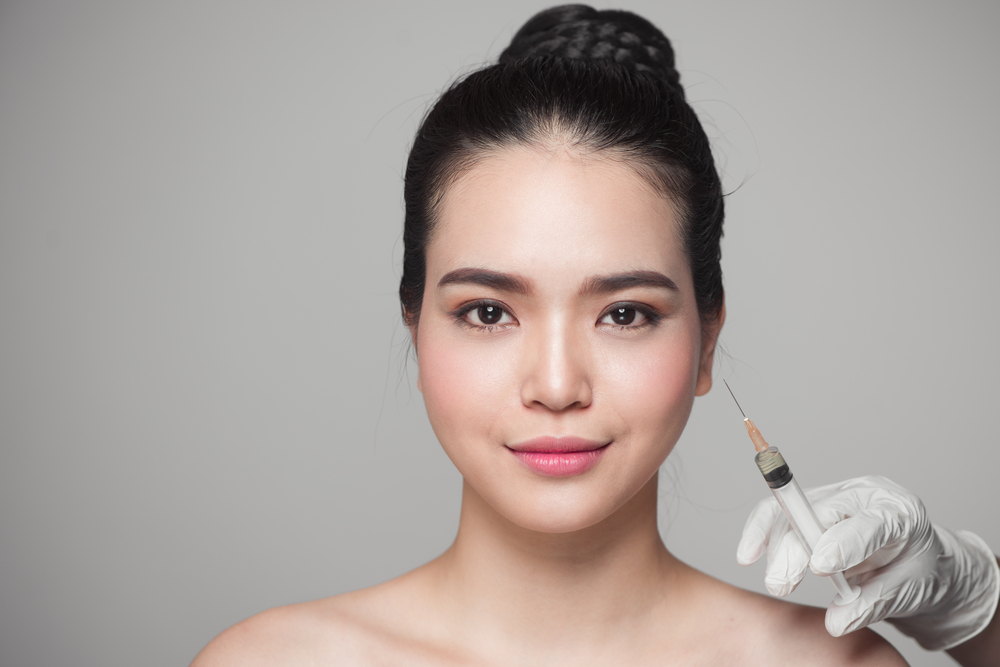The Basic Differences Between Dermal Fillers and Botox

While patients often recognize Botox and dermal fillers as injectable products, their distinct indications for use and benefits may not be as clear.
Among cosmetic treatments, injectables are in high-demand for their ability to smooth wrinkles and improve skin quality without surgery, incisions, or downtime.
So, which treatment option is right for you? Here’s what you need to know about the differences between Botox and dermal fillers.
What is Botox?
Botox is a brand name for botulinum toxin type A and is injected into the skin for medical and aesthetic purposes.
It’s FDA-approved to treat moderate to severe forehead lines, crow’s feet, and glabellar lines (in between the eyebrows) and smooths skin by inhibiting muscle contraction.
Botox is typically indicated for dynamic wrinkles that are noticeable with facial movement and expression.
What Are Dermal Fillers?
Dermal fillers are also injectable products that can be made of hyaluronic acid (Juvederm and Restylane), calcium hydroxylapatite (Radiesse), or poly-L-lactic acid (Sculptra Aesthetic).
Fillers work by restoring volume and/or stimulating collagen and are often used to correct deeper wrinkles and folds, including nasolabial folds and laugh lines, that are present even when the face is at rest.
Dermal fillers can also plump lips and cheeks, rejuvenate hands, and diminish under eye hollowness.
How Do Botox and Dermal Filler Results Differ?
Both Botox and dermal fillers are extremely effective treatment options in the hands of a skilled and experienced injector like Dr. Nicole Hayre.
After Botox injections, patients can typically note improvement in their forehead lines, frown lines, and crow’s feet within 3-5 days. Results usually last for 3-4 months.
Comparatively, many dermal fillers provide immediate plumping and softening of wrinkles, and effects can last from 6 – 24 months depending on the product used.
How Do Botox and Dermal Fillers Compare in Terms of Side Effects?
One of the main advantages of injectables is that they have little to no downtime.
However, with any procedure, patients may experience temporary side effects.
With Botox, possible side effects include: Bruising at the injection site, drooping eyelids (which can take several weeks to resolve), eye redness and irritation, and headaches.
After dermal fillers, patients may experience: Allergic reaction, bruising, infection, itching, numbness, redness, scarring, and sores.
All of these risks can be minimized by seeking a leading injector for your treatment and following pre- and post-care instructions.
For additional information about how Botox, dermal fillers, or a combined approach can enhance your appearance, please call our office today to schedule a consultation.